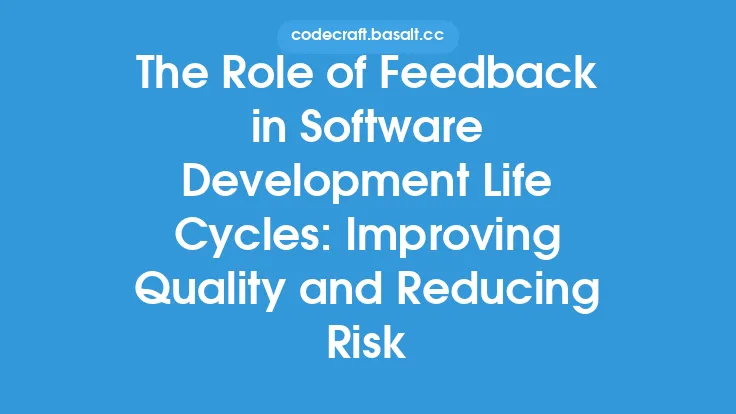The Critical Path Method (CPM) is a widely used project management technique that helps managers identify the most critical tasks in a project and create a schedule that ensures timely completion. Developed in the 1950s by Morgan Walker of DuPont and James Kelley Jr. of Remington Rand, CPM has become a staple in project management due to its ability to analyze complex project networks and provide a clear roadmap for project execution. In this article, we will delve into the details of the Critical Path Method, its benefits, and how to apply it effectively in project management.
History and Development of the Critical Path Method
The Critical Path Method was first introduced in the 1950s as a way to manage complex projects in the manufacturing and construction industries. The method was developed in response to the need for a more efficient and effective way to manage projects, which were becoming increasingly complex and time-sensitive. The CPM was initially used in the development of the Polaris missile system and later became widely adopted in various industries, including software development, engineering, and finance. Over the years, the CPM has undergone significant improvements and refinements, making it a powerful tool for project managers.
Key Components of the Critical Path Method
The Critical Path Method consists of several key components, including:
- Activities: These are the individual tasks that make up the project. Each activity has a specific duration and is connected to other activities through dependencies.
- Dependencies: These are the relationships between activities, which determine the order in which they must be completed. There are four types of dependencies: finish-to-start, start-to-start, finish-to-finish, and start-to-finish.
- Duration: This is the amount of time required to complete each activity.
- Early Start (ES): This is the earliest time at which an activity can start.
- Early Finish (EF): This is the earliest time at which an activity can finish.
- Late Start (LS): This is the latest time at which an activity can start without delaying the project.
- Late Finish (LF): This is the latest time at which an activity can finish without delaying the project.
- Slack: This is the amount of time that an activity can be delayed without affecting the project timeline.
- Critical Path: This is the sequence of activities that determines the minimum duration required to complete the project.
How to Apply the Critical Path Method
To apply the Critical Path Method, follow these steps:
- Define the project scope and objectives: Clearly define the project scope, goals, and deliverables.
- Break down the project into activities: Divide the project into individual tasks and activities.
- Estimate the duration of each activity: Determine the amount of time required to complete each activity.
- Identify dependencies: Determine the relationships between activities and identify the dependencies.
- Create a project network diagram: Draw a diagram that shows the activities and their dependencies.
- Calculate the early start and early finish times: Calculate the earliest time at which each activity can start and finish.
- Calculate the late start and late finish times: Calculate the latest time at which each activity can start and finish without delaying the project.
- Identify the critical path: Determine the sequence of activities that determines the minimum duration required to complete the project.
- Monitor and control the project: Track the project progress and take corrective action if necessary.
Benefits of the Critical Path Method
The Critical Path Method offers several benefits, including:
- Improved project scheduling: CPM helps managers create a realistic project schedule that takes into account the dependencies and durations of each activity.
- Increased efficiency: By identifying the critical path, managers can focus on the most critical activities and allocate resources accordingly.
- Reduced risk: CPM helps managers identify potential bottlenecks and take corrective action to mitigate risks.
- Enhanced collaboration: CPM promotes collaboration among team members by providing a clear understanding of the project scope, objectives, and timelines.
Limitations and Challenges of the Critical Path Method
While the Critical Path Method is a powerful tool for project management, it has some limitations and challenges, including:
- Complexity: CPM can be complex and time-consuming to apply, especially for large and complex projects.
- Assumptions: CPM assumes that the project scope and objectives are well-defined and that the activity durations and dependencies are accurate.
- Rigidity: CPM can be inflexible and may not accommodate changes in the project scope or timelines.
- Resource constraints: CPM may not take into account resource constraints, such as limited personnel or equipment.
Best Practices for Implementing the Critical Path Method
To get the most out of the Critical Path Method, follow these best practices:
- Use project management software: Utilize project management software to create and manage the project network diagram and calculate the critical path.
- Involve stakeholders: Involve stakeholders in the project planning process to ensure that the project scope and objectives are well-defined and that the activity durations and dependencies are accurate.
- Monitor and control the project: Track the project progress and take corrective action if necessary to ensure that the project is completed on time and within budget.
- Continuously review and update the project plan: Regularly review and update the project plan to ensure that it remains relevant and effective.
Conclusion
The Critical Path Method is a powerful tool for project management that helps managers identify the most critical tasks in a project and create a schedule that ensures timely completion. By understanding the key components of the CPM, applying it effectively, and following best practices, managers can improve project scheduling, increase efficiency, reduce risk, and enhance collaboration. While the CPM has some limitations and challenges, it remains a widely used and effective technique for managing complex projects.





